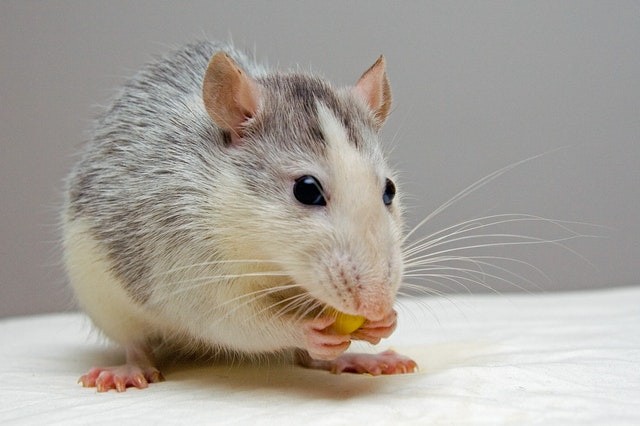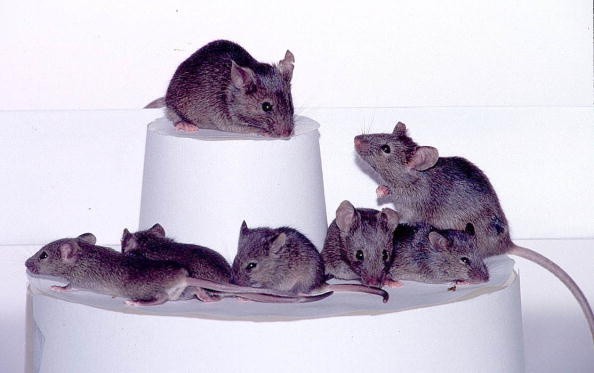Researchers from the United States and Japan recently confirmed the protective role of an antioxidant enzyme in the body's response to sun-induced chemical stress with the use of genetically modified mice.
According to the study, sun safety may one day involve a vaccination similar to those presently protecting millions of people against coronavirus around the world.

Role of an Antioxidant Enzyme
Human bodies can be trained to produce more antioxidant proteins, enhancing the ability to protect human DNA from the harmful effects of the sun, rather than sensitizing the human body to an aggressive virus or cancer cell, according to Science Alert.
Even while it's unlikely, it's not out of the question that one day this strategy could provide scientists with another layer of protection from skin cancer.
To date, the concept of MRNA Vaccine is highly hypothetical, and there are many challenges to be overcome before it can be considered a reality. But since MRNA vaccines have shown effectiveness in the current pandemic, Arup Indra, a pharmacologist at Oregon State University, thinks they have a lot of potential.
It's been more than 40 years since scientists have been studying antioxidants found in foods as a source of low-cost, low-risk agents for the prevention of cancer. However, these agents haven't always performed well in clinical studies and have even proved hazardous in certain situations- which is why new chemoprevention agents like an MRNA vaccine are being investigated.
An antioxidant alters the chemical process of oxidation from occurring, which results in the loss of an electron from the molecule. This shortfall can lead to chemical alterations that significantly increase the likelihood of malignant mutations in fragile tissues like human DNA.
Also Read : Air Pollution: Wood Smoke Linked for Almost 50% of Human Exposure to Cancer-causing Chemicals
Generation of Oxidative By-products
In the ultraviolet range of the Sun's spectrum, high-energy radiation does a good job of freeing electrons. Human bodies' melanocytes, which produce the tanning pigment that acts as a protection against some of this harmful radiation, are a blessing in disguise.
It's ironic that the pigment-making process itself produces reactive oxygen species, which are oxidative byproducts. A delicate equilibrium is maintained by human bodies, which produce a variety of biochemical processes to keep oxidation at bay.
A good example is the enzyme TR1, which is encoded by the TXNRD1 gene. Reactive oxygen species are bound by another protein called thioredoxin before they can damage more critical structures, and this protein is used by melanocytes to compensate for the release of these reactive oxygen species.
This enzyme is not only enhanced in skin cells following exposure to UV rays, but in other tissues affected by malignancies such as melanoma. It is estimated that more than 60,000 people die each year from melanocyte malignancy, the most lethal form of skin cancer.

Studying the Body's Defensive Enzymes to Fight Skin Cancer
Using some of the body's own defensive enzymes to get a jump on the oxidative damage early could reduce the mortality toll. First and foremost, researchers wanted a living model to verify their hypotheses about TXNRD1's potential to improve sun protection.
Studying the enzyme's impact on pigmentation and melanocytes' ability to respond to UVB oxidative stress was made possible by deleting the TXNRD1 gene in mice.
Results were encouraging, indicating that TXNRD1 delivery to skin cells could help stimulate melanin synthesis and reduce sun exposure-related damage. According to Indra, there are exciting possibilities for avoiding several sorts of disease progression, including cancer, by modifying the human bodies' antioxidant system.
The Journal of Investigative Dermatology published this research.
Related Article : Cell Division May Prevent Cancer
For more news, updates about cancer and similar topics don't forget to follow Nature World News!
© 2025 NatureWorldNews.com All rights reserved. Do not reproduce without permission.





